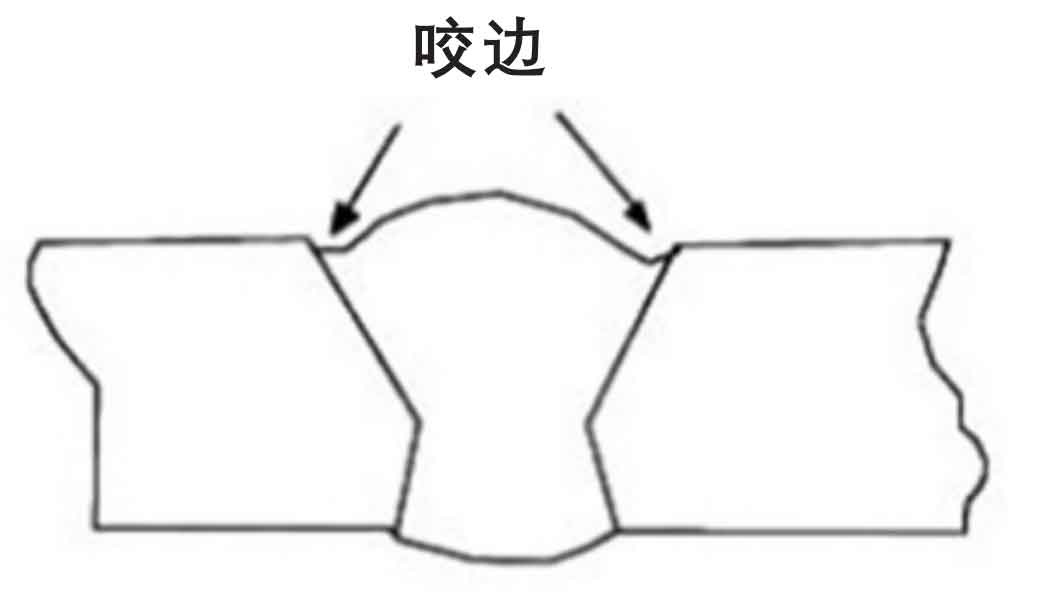Ideal Practices for Preventing Weld Undercut: Understanding the Basics
Ideal Practices for Preventing Weld Undercut: Understanding the Basics
Blog Article
A Comprehensive Overview to Identifying, Preventing, and Correcting Undercut Welding Troubles in Your Welding Projects
In the realm of welding, running into undercut concerns is an usual difficulty that can jeopardize the architectural honesty and general quality of your welding jobs. Understanding the source behind undercut welding, being able to precisely find it in your welds, and implementing efficient preventative measures are critical skills for any type of welder. Additionally, having the knowledge and techniques to fix undercut problems when they do happen can make a substantial difference in the final end result of your welding undertakings. Remain tuned as we explore the necessary elements of recognizing, avoiding, and taking care of undercut welding problems, providing you with useful understandings and strategies to boost your welding abilities to the next level.
Usual Root Causes Of Undercut Welding
Undercut welding, an usual problem in welding processes, can be caused by various factors that require to be thoroughly determined and addressed to make certain the integrity of the weld joint. One of the main causes of undercut welding is too much warm input.
An additional usual source of undercut welding is incorrect welding method. Insufficient adjustment of the welding torch or gun, inaccurate angle or range in between the work surface and the torch, or inconsistent travel speed can all add to the formation of undercut. Additionally, utilizing the incorrect welding consumables or electrode size for a particular joint arrangement can bring about undercut issues. Determining these origin and implementing corrective steps is essential in protecting against and correcting undercut welding troubles in welding tasks.
Identifying Undercut in Welds

To identify undercut accurately, proper lighting and magnification devices are important to evaluate the weld joint thoroughly. Utilizing tools such as a welding gauge or a magnifying glass can aid in identifying even the tiniest undercut blemishes. Additionally, running a finger or a fingernail along the weld joint can often reveal undercut, as the surface might feel unequal or have a dip where the undercut exists.
Safety Nets for Undercut
Having a deep understanding of the root causes of undercut in welds enables the application of effective safety nets to keep weld high quality and stability. One critical safety net appertains weld joint prep work. Making certain that the sides are tidy, totally free of pollutants, and appropriately beveled can considerably lower the possibility of undercut (Preventing weld undercut). In addition, choosing the ideal welding specifications, such as voltage, present, and travel speed, is vital. These settings must be enhanced to avoid excessive heat input, which can result in undercut formation.

Techniques for Taking Care Of Undercut

Increasing the welding current or reducing the traveling rate can help load in the undercut. In addition, transforming the welding technique from a push to a drag or vice versa can also aid decrease undercut.
Another strategy is to make use of a weaving movement while welding to make certain proper sidewall blend and fill in the undercut. By oscillating the welding arc back and see this forth within the weld joint, the welder can transfer more filler material into the undercut locations, successfully eliminating the defect.
Furthermore, grinding out the undercut and rewelding the joint can be a feasible option for extra severe undercut issues - Preventing weld undercut. This process includes removing the undercut section, preparing the base metal, and after that rewelding the joint with appropriate welding specifications and methods to prevent undercut from persisting

Expert Tips for Avoiding Undercut
Using proper welding techniques and maintaining control over essential welding specifications are critical approaches for welders intending to avoid undercut in their weld joints. Additionally, choosing the ideal welding process and filler steel for the specific application can assist stop undercut. Maintaining a regular travel speed throughout the welding procedure is one more vital tip to protect against undercut.
Verdict
In final thought, determining, protecting against, and dealing with undercut welding issues in your welding jobs is essential for ensuring durable and solid welds. Preventing weld undercut. By recognizing the common reasons for undercut, being able to identify it in welds, carrying out safety nets, and using correct strategies for dealing with undercut, you can stay clear of prospective problems and produce top notch welds. Following professional tips for staying clear of undercut can help you improve your welding skills and generate better outcomes in your projects
Undercut welding, an usual problem in welding procedures, can be created by numerous aspects that need to be very carefully recognized and resolved to guarantee the integrity of the weld joint. In addition, running a finger or a finger nail along the weld joint can occasionally disclose undercut, as the surface area might feel uneven or have a dip where the undercut exists.
Making use of proper welding techniques and preserving control over vital welding specifications are vital strategies for welders intending to avoid undercut in their weld joints.In final website link thought, determining, avoiding, and repairing undercut welding problems in your welding tasks is vital for making sure strong and sturdy welds. By comprehending the common causes of undercut, being able to determine it in welds, carrying out precautionary measures, and utilizing appropriate strategies for repairing undercut, you can avoid prospective problems and develop high-quality welds.
Report this page